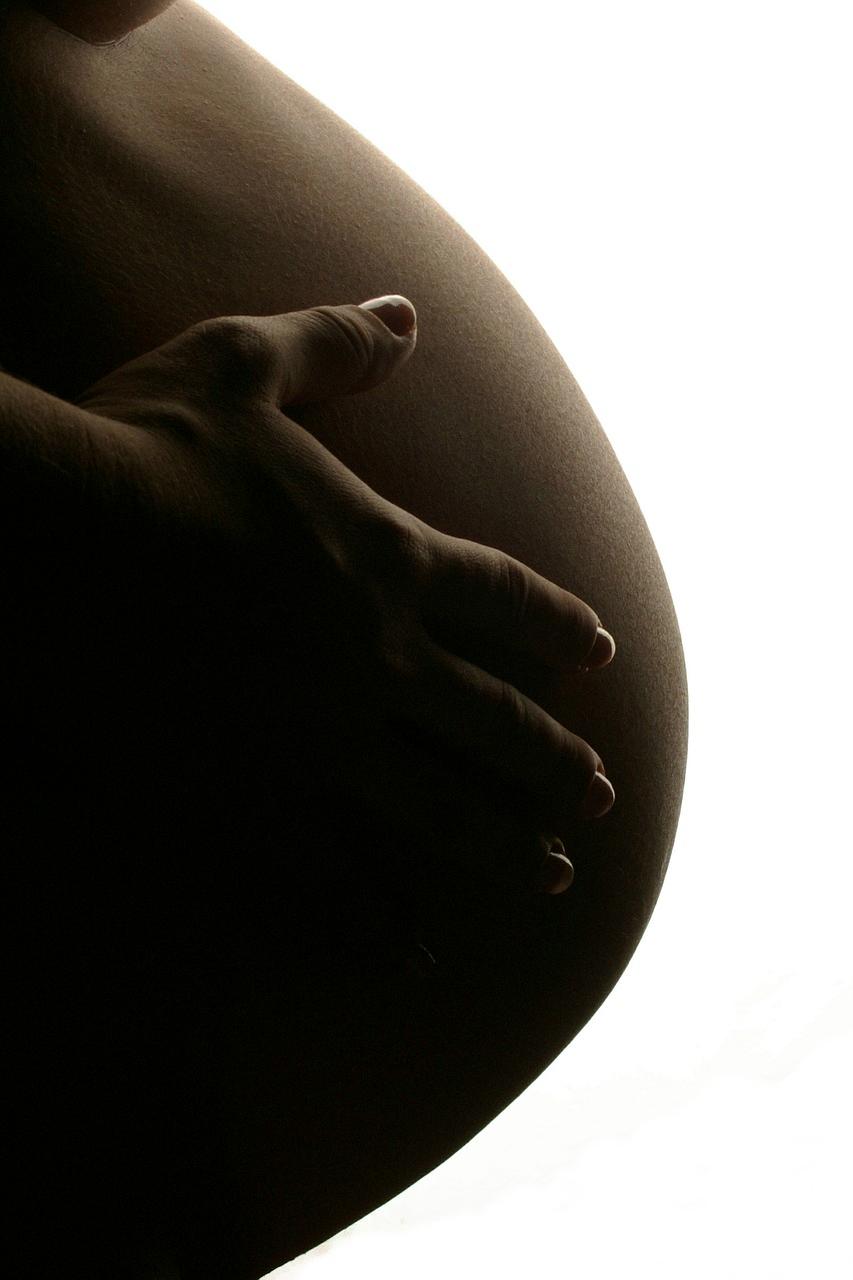If you’ve ever experienced a stabbing pain in your breast, you’re not alone. It can be a concerning and uncomfortable sensation that often prompts questions about its underlying cause. While it’s always recommended to consult with a healthcare provider for proper diagnosis and treatment, understanding some common factors associated with breast pain can provide some insight into what might be happening in your body.
Hormonal Fluctuations and Breast Pain
One of the leading reasons for experiencing stabbing pain in the breast is hormonal fluctuations. Changes in hormone levels within the body can lead to alterations in the milk ducts and milk glands. These changes may result in the formation of breast cysts, which can be both painful and a frequent cause of cyclic breast pain.
Noncyclic Breast Pain Triggers
Noncyclic breast pain, on the other hand, may stem from various factors such as physical trauma, prior breast surgery, or other underlying conditions. Trauma to the breast tissue or surgical interventions can often lead to nerve irritation, resulting in sharp or stabbing breast pain.
Impact of Lifestyle and Dietary Choices
It’s important to note that lifestyle choices and dietary habits can also play a role in breast pain. High caffeine intake, for instance, has been linked to increased breast pain due to its stimulant effect on the body. Similarly, high-fat diets may contribute to hormonal imbalances, exacerbating breast discomfort.
Psychological Factors and Breast Pain
Psychological factors such as stress and anxiety can manifest physically in the form of breast pain. Elevated stress levels can trigger hormonal changes in the body, leading to heightened sensitivity in the breast tissue and potentially causing stabbing pain.
Effects of Medications on Breast Pain
Certain medications, including hormonal therapies and antidepressants, have been associated with breast pain as a side effect. It’s essential to discuss any medication-related concerns with your healthcare provider to determine the best course of action and potential alternatives.
Structural Changes in the Breast
Structural abnormalities within the breast, such as fibroadenomas or benign tumors, can also contribute to stabbing breast pain. These growths may put pressure on surrounding tissues, leading to discomfort and sharp sensations.
Importance of Proper Bra Fit
Wearing an ill-fitting bra can cause undue stress on breast tissue and result in pain and discomfort. Ensuring that you are wearing the correct bra size and style for your body can significantly alleviate breast pain and provide better support.
Seeking Medical Evaluation
If you are experiencing persistent or severe stabbing pain in your breast, it’s crucial to seek medical evaluation. A thorough assessment by a healthcare professional can help identify the root cause of your symptoms and guide appropriate treatment measures.
Implementing Self-Care Strategies
In addition to medical intervention, implementing self-care strategies can aid in managing breast pain. This may include adopting stress-reducing techniques, maintaining a balanced diet, staying hydrated, and engaging in regular exercise to promote overall breast health.
Support Networks and Resources
Building a support network and connecting with resources such as breast health organizations can offer valuable information and emotional support for individuals experiencing breast pain. It’s essential to know that you are not alone in your journey towards better breast health.
Conclusion
While stabbing pain in the breast can be alarming, it is often attributed to various factors such as hormonal changes, lifestyle choices, structural abnormalities, and psychological influences. By understanding the potential triggers of breast pain and taking proactive steps towards addressing them, individuals can better manage their symptoms and promote overall breast well-being.

